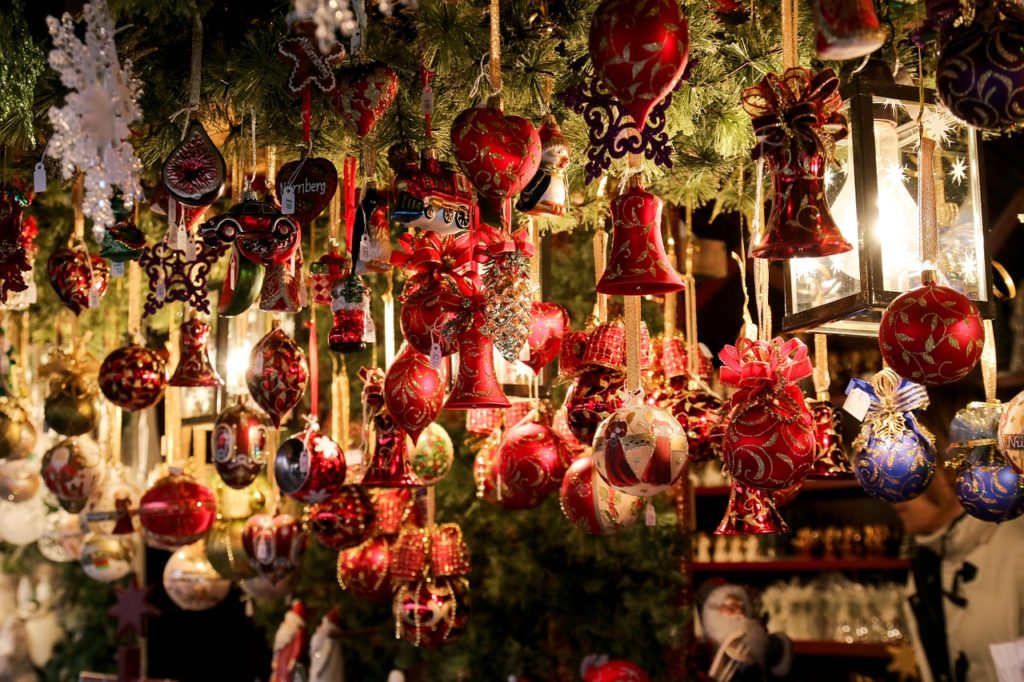Unwrap the origins of the Christmas market
by Ailsa Harvey · 04/12/2019

Glowing wooden huts, cauldrons of mulled wine, smoky cooking stoves and arrays of precious trinkets for sale – all signature sights of a Christmas market. Today it is the highlight of any seasonal shopping trip, but it is also a tradition that dates back centuries.
These stalls originated in German-speaking Europe when farmers saw an opportunity to extend their weekly markets during the Christmas period, selling meat for winter feasts. One such market was recorded as early as 1296 in Vienna, Austria.
Some of the oldest Christmas markets appeared in Munich (1310), Bautzen (1384) and Dresden (1434). Stalls were assembled in town squares and became ever more popular when the tradition of exchanging presents evolved in the 16th century. The mythical gift-giver was the Christkind (Christ-Child), and the markets became known as Christkindlmarkt. To this day Nuremberg pays homage to the Christkind by choosing a local girl to play the part of this angelic figure on the first night of the market. The city also saw early signs of the commercialisation of Christmas – in 1616 a disgruntled priest was forced to cancel his church service when his congregation instead rushed off to browse among the enticing yuletide shops.
Over time Christmas markets have sprung up in cities across the world, but there are still signs of where it all began, as German staples such as bratwurst, glühwein and gingerbread are now as traditional as tinsel on trees.
5 magical markets around the world
Dresden Striezelmarkt, Germany
Founded in 1434, this market is named after ‘Striezel’, an old word for stollen, a 14th-century cake.
Birmingham’s Frankfurt Christmas Market, UK
This claims to be the largest German Christmas market outside of Germany or Austria.
Strasbourg, France
When the first Christmas market was held here in 1570, Strasbourg was part of Germany.
Marienplatz Christmas Market in Munich, Germany
This market see hundreds of people dress up as the villain Krampus.
Christmas Market on Vörösmarty Square, Budapest
Expect painting, concerts and the smell of kürtoskalács, also known as chimney cake due to their shape.
This article was originally published in How It Works issue 119, written by Jodie Tyley
For more science and technology articles, pick up the latest copy of How It Works from all good retailers or from our website now. If you have a tablet or smartphone, you can also download the digital version onto your iOS or Android device. To make sure you never miss an issue of How It Works magazine, subscribe today!





